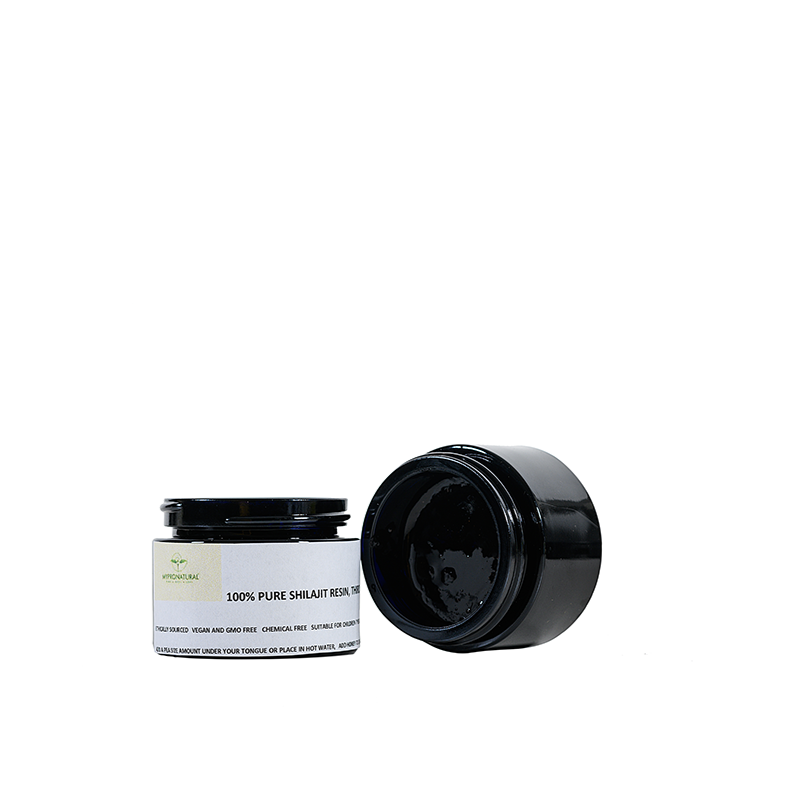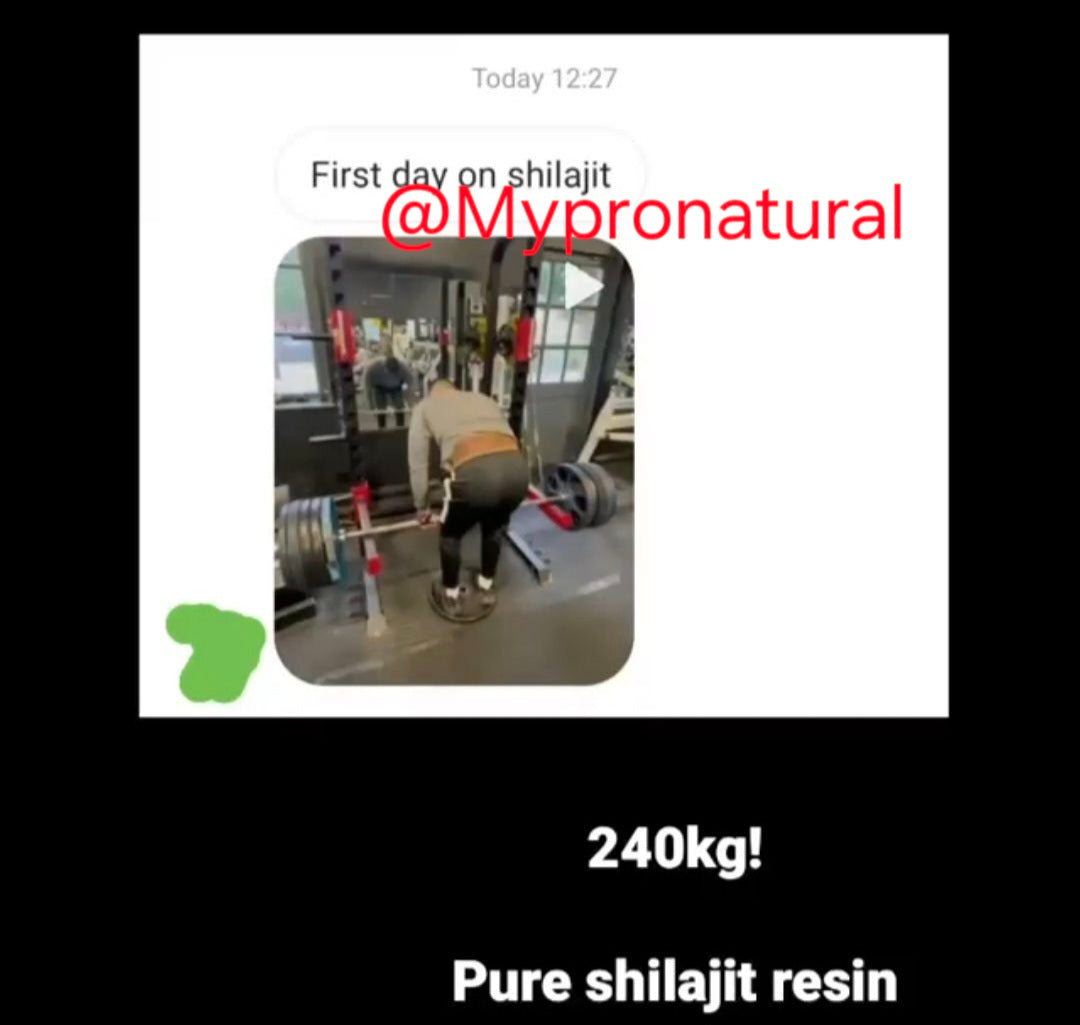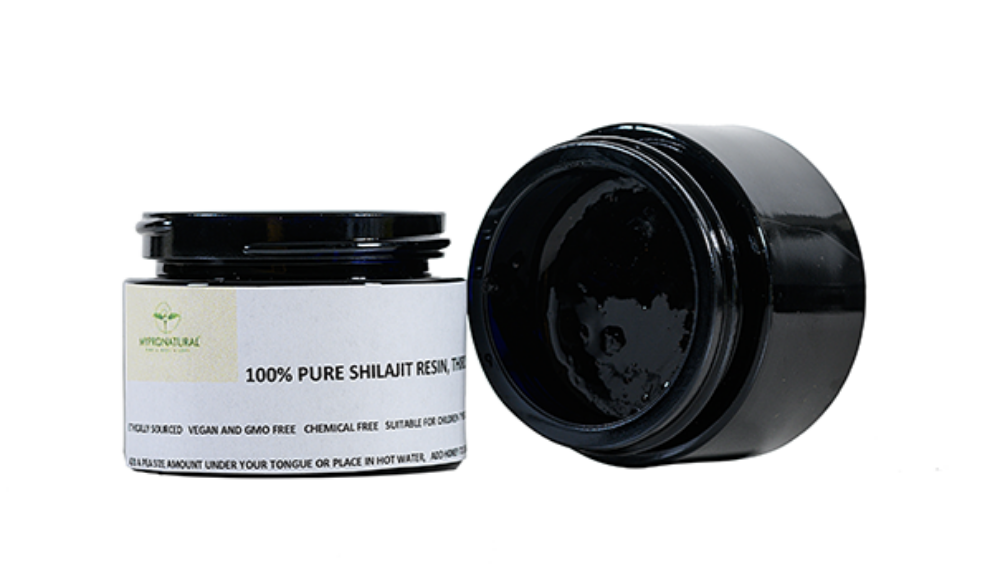Mypronatural
Shilajit Siberian Resin,UK Lab Tested 30g, 3 months supply
Shilajit Siberian Resin,UK Lab Tested 30g, 3 months supply
Couldn't load pickup availability
Shilajit, a traditional Ayurvedic remedy, is gaining global attention for its potential antioxidant, neuroprotective, and adaptogenic properties, primarily due to its fulvic acid content. While preliminary studies are very promising.
Shilajit has gained increasing popularity in both traditional and modern medicine due to its diverse therapeutic potential. Revered for centuries in Ayurvedic texts, Shailajit is often described as a powerful rejuvenator and adaptogen that supports overall vitality and resilience.
Shilajit is currently being explored for its potential applications in neurological health, metabolic support, and anti-aging interventions. Despite its ancient roots, Shilajit continues to be the subject of contemporary investigation, bridging the gap between natural remedies and biomedical innovation.
Shilajit, its main components, and potential uses based on the properties of fulvic acid. This phytocomplex, known as shilajit, is mainly composed of humic substances. One of them, fulvic acid, is known for its properties such as antioxidant, anti-inflammatory, and memory enhancer. Novel investigations suggest that fulvic acid acts as an antiaggregation factor for tau protein in vitro, indicating that it may be a potential anti-Alzheimer’s disease molecule.
Shilajit, its main components, and potential uses based on the properties of fulvic acid. This phytocomplex, known as shilajit, is mainly composed of humic substances. One of them, fulvic acid, is known for its properties, including antioxidant, anti-inflammatory, and memory-enhancing effects. Novel investigations suggest that fulvic acid acts as an antiaggregation factor for tau protein in vitro, indicating that it may be a potential anti-Alzheimer’s disease molecule.
Shilajit is a sticky, tar-like exudate that leaks out from cracks in high-altitude rocks during the summer, particularly in the Himalayas, due to intense heat. Shliajit can range in color from pale to blackish brown.
Known as “Shilajatu” in classical Ayurvedic texts, the Sanskrit term “Shilajit” translates to “conqueror of mountains and destroyer of weakness.” Shliajit arises following the slow decomposition of plant material, such as Euphorbia royleana and Trifolium repens, under high pressure and temperature. This process, aided by microbial activity, yields a phytocomplex rich in humic substances, particularly fulvic acid, which accounts for 60-80% of its bioactive mass
The most therapeutically used variant is Lauha Shilajit, which is rich in iron. The primary chemical components of Shilajit include fulvic acid, humic acid, dibenzo-α-pyrones, minerals, amino acids, fatty acids, polyphenols, and triterpenes.
Reported health benefits of Shilajit include increased energy and stamina, improved cognitive function, enhanced testosterone levels, anti-aging effects, and support for immunity and detoxification. These claims are primarily based on centuries of Ayurvedic use and anecdotal evidence; however, scientific validation remains limited.
Modern scientific studies support some antioxidant, anti-inflammatory, and neuroprotective activities associated with Shilajit, most of which are attributed to fulvic acid. Shilajit may also aid cognitive function, especially in conditions like Alzheimer’s disease, by preventing tau protein aggregation.


























